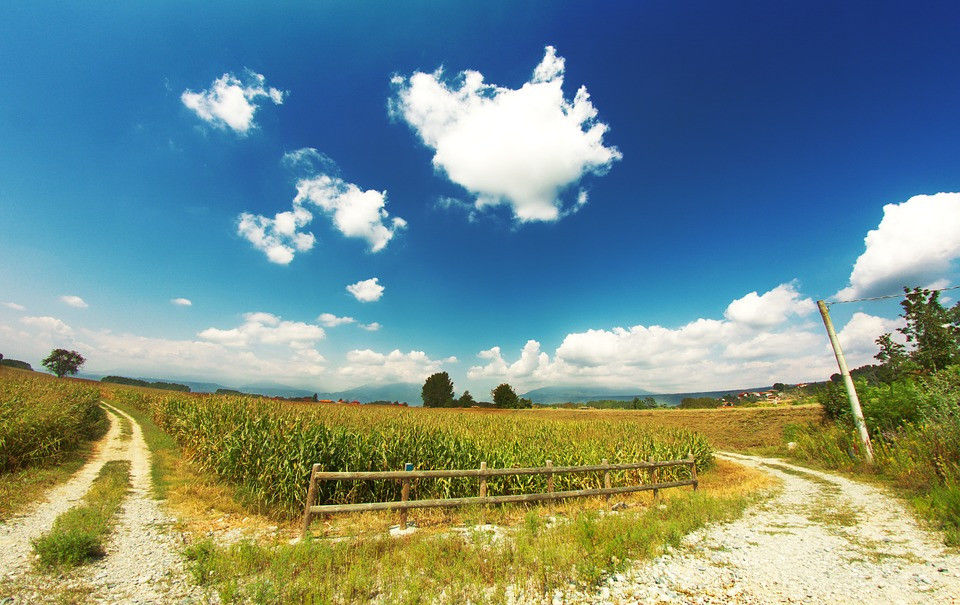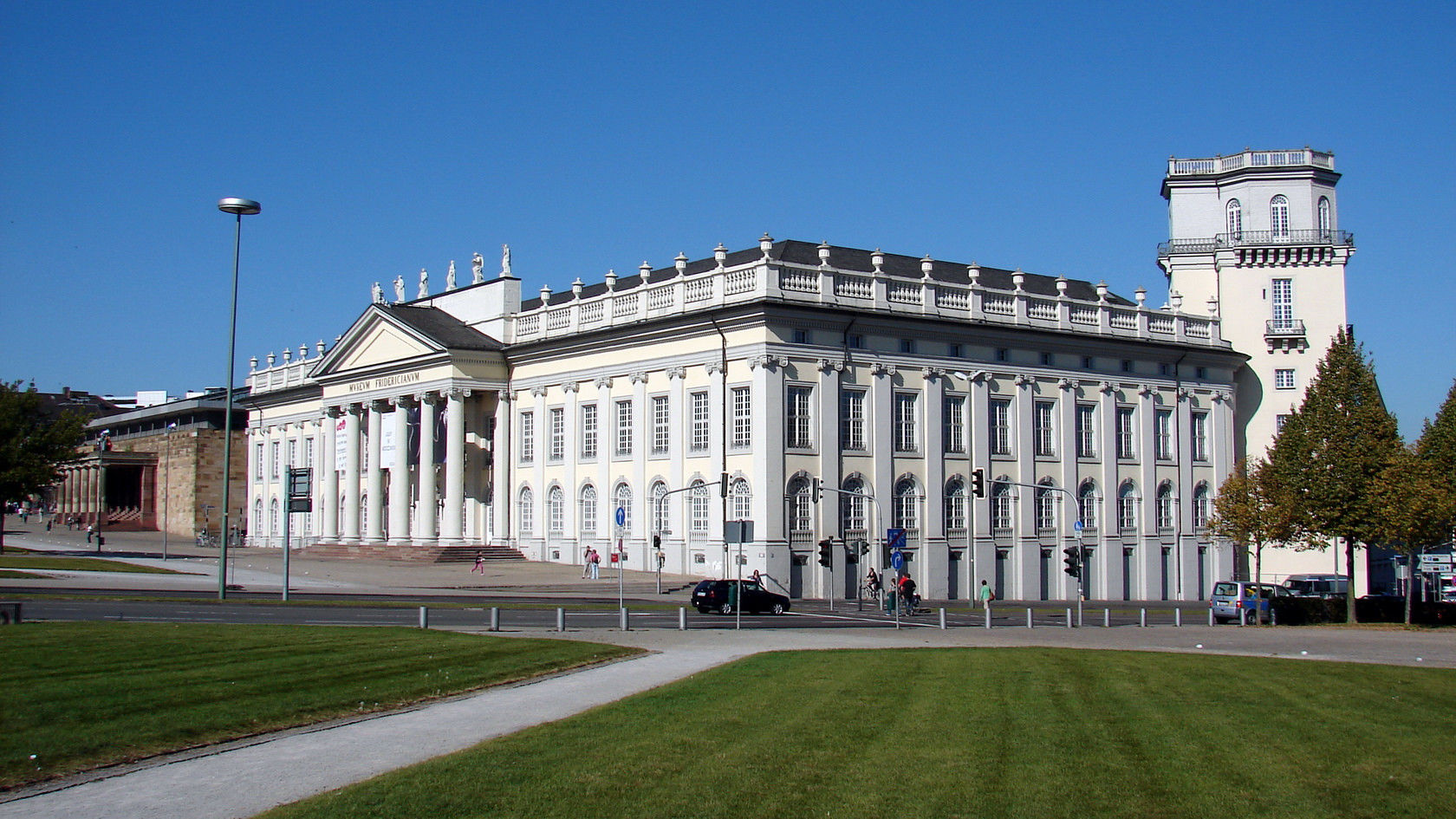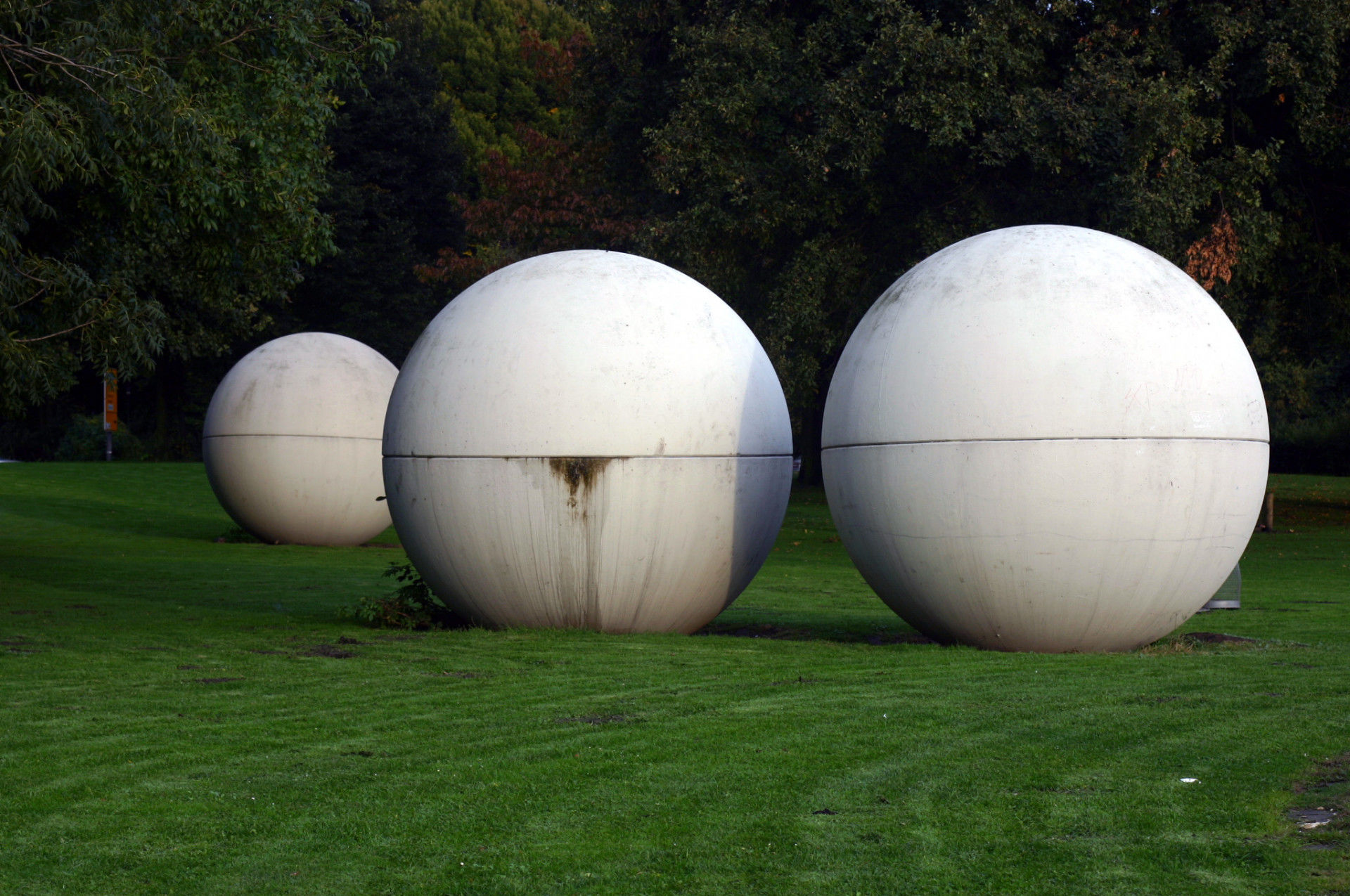The European Summer of Art
In the Netherlands it’s called “komkommertijd”, the Danish call it “agurketid”, in Germany it is referred to as “Sauregurkenzeit”, and the Polish talk about “sezon ogórkowy”.
If you haven’t lived in any of these countries and don't speak any of these languages then you have no idea what we are talking about. Literally translated as “cucumber time”, this saying refers to those dog days of summer, also known as the “dull days”, when the cucumbers are ripe and life just moves along slowly. It shouldn’t come as a surprise then that the French call it “la morte-saison”, seeing as life actually shuts down entirely in France during the month of August.
But to get to the point, the reason we are bringing this up is because the opposite is true for the contemporary art world this summer! It rarely happens that four of its most important events coincide, which is why the summer of 2017 is a very special one.
You might have heard in-crowders mention the “Golden Triangle” or speak of a 21st century version of the Grand Tour, in which case they are most likely talking about hitting Art Basel, the Venice Biennial, Documenta and Skulptur Projekte all within the same week. Even though Art Basel is now out of the way, there is still plenty left to do on the European continent in the coming months.
Starting off in Germany, we advise you to head to Documenta 14 first.
Since 1955, the town of Kassel has been transforming into a 100-day museum every 5 years, with the Fridericianum at its epicenter. The event is organized around cultural, social and political themes, thus the refugee crisis forms an important narrative within this edition.
Hence why, for the first time in history, the Documenta has taken on a twofold structure, hosting equal exhibitions in Kassel and in Athens. Artists were invited to produce a work for both locations, focusing on the emerging relationship between these two very different cities. Martha Minuji’s The Parthenon of Books, a reconstruction of the famous Greek monument made using once forbidden books, embodies these aspects that have come to define Documenta 14.
The Fridericianum museum in Kassel, Germany, was built in 1779.
Following Documenta, the Skulptur Projekte in Münster is more of an open-air experience and therefore a literal breath of fresh air.
This decennial contemporary sculpture exhibition aims to activate the historical, architectural, social, political and aesthetic contexts of art in the urban realm. Of course, every decennium comes with its own contexts.
So, for the 2017 edition, the curatorial team - comprised of the 1977 initiator Kasper König, Britta Peters and Marianne Wagner - set out to explore issues revolving around ‘experiences of body, time and space in times of increasing digitalization’. That somehow resulted in digital singing paintings, amongst others. Artist Ei Arakawa has installed several LED screens in a field just outside of the city, displaying pixelated images of famous paintings and singing ‘don’t be afraid of me, I’m a digital painting’.
Claes Oldenburg, Giant Poolballs, 1977, Aasee, for the first edition of Skulptur Projekte.
Moving south towards our final destination: the 57th edition of the Venice Biennial.
The first Esposizione Internazionale d'Arte della Città di Venezia took place in 1895, making this the longest running event of the summer. Established to promote the finest in new contemporary art trends, the exhibition has remained true to its original cause.
However, current director Paolo Baratta set out to expand the structure of the Art Biennial and the Architecture Biennial when he took up his first residency in the 90’s. At present, the Venice Biennial is thus comprised of the central International Exhibition, curated by a special guest, the National Pavilions and several collateral events including theatre, dance and music.
The Centre Pompidou’s Christine Macel curated this edition’s exhibition: Viva Arte Viva. It surrounds the proposition that in today’s conflicted world, art forms the ultimate ground for the reflection on human life.
James Lee Byars, Golden Tower, Grand Canal [photo: designboom.com].
So besides cucumbers, there is more than enough food for thought to go around these next few months, even if you have no affinity with contemporary art. All of these exhibitions were designed to challenge you to reflect upon and to question the world and the age that we are all are currently living in, regardless of whether you like "art" or not.





![James Lee Byars, Golden Tower, Grand Canal [photo: designboom.com].](/images/5980bfe9-21e7-4c10-8ea6-922da6be12a3)